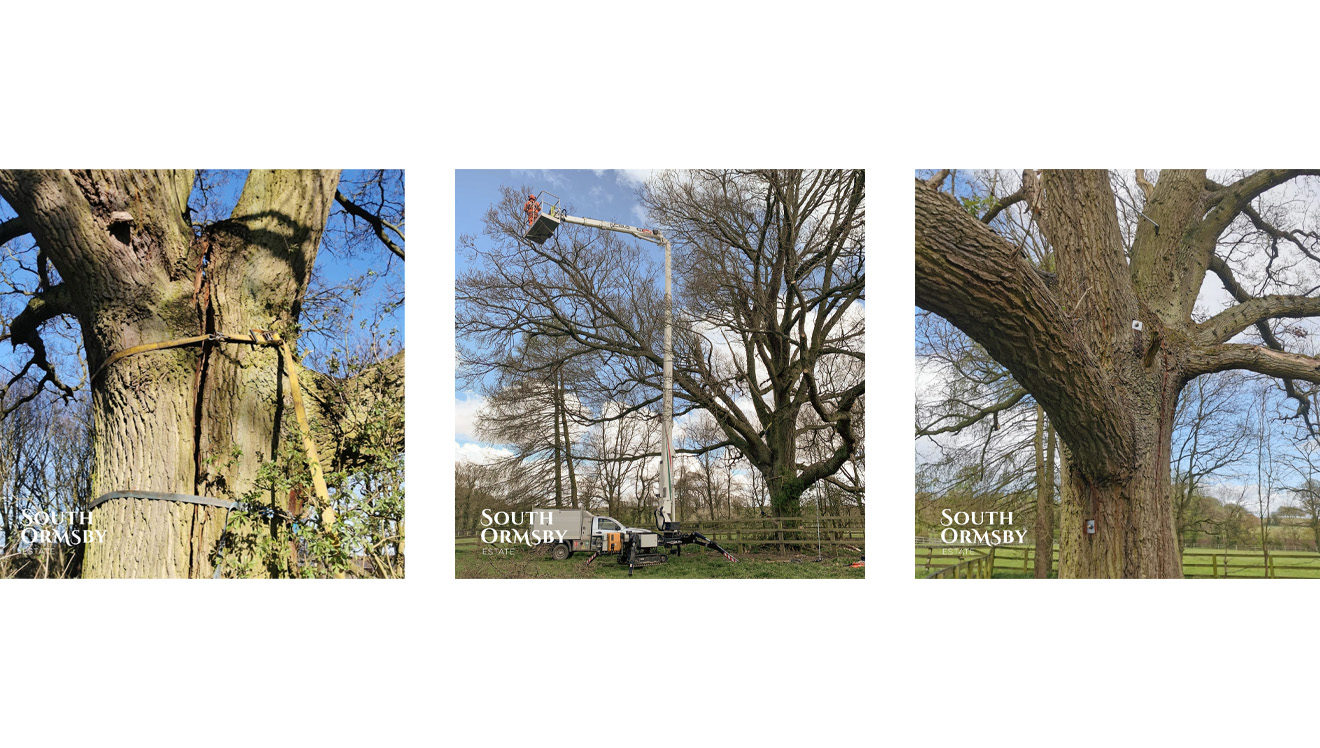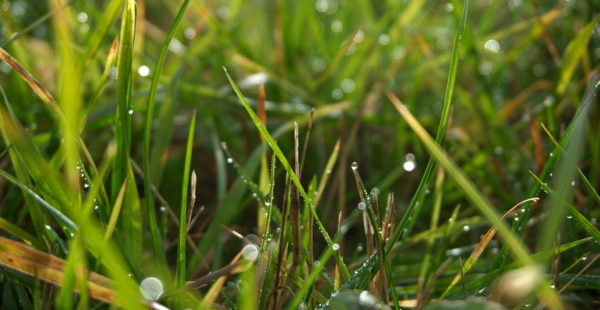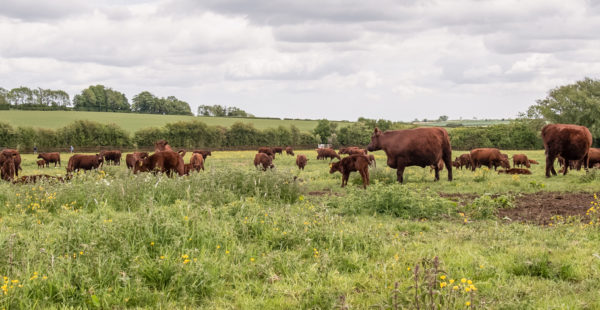A Week on the Estate: Wet May, Oak Surgery & Climbing Trees
April brought us a stubborn high-pressure weather system marked by aridity and frequent frosts. This month gave us the opposite, a low-pressure system that delivered the rain our nature and agriculture needed, while giving western parts of the UK their wettest ever May. As meteorological summer approaches, the Bank Holiday weekend looks set to bring us fair weather with temperatures above 20C.
This week, Mike Finch and his team visited the estate to show us what a bona fide tree surgeon can achieve. A 200-year-old oak in our parkland was in fair health but its trunk had begun to split vertically due to the weight of its outer branches. Mike and his team drilled three static, galvanised steel rods through the stem and a fourth above the split. The whole assembly was secured with a cable anchored high in the canopy to limit leverage on the rods, and the weightier side of the canopy was thinned out to lighten the load and promote future growth.







